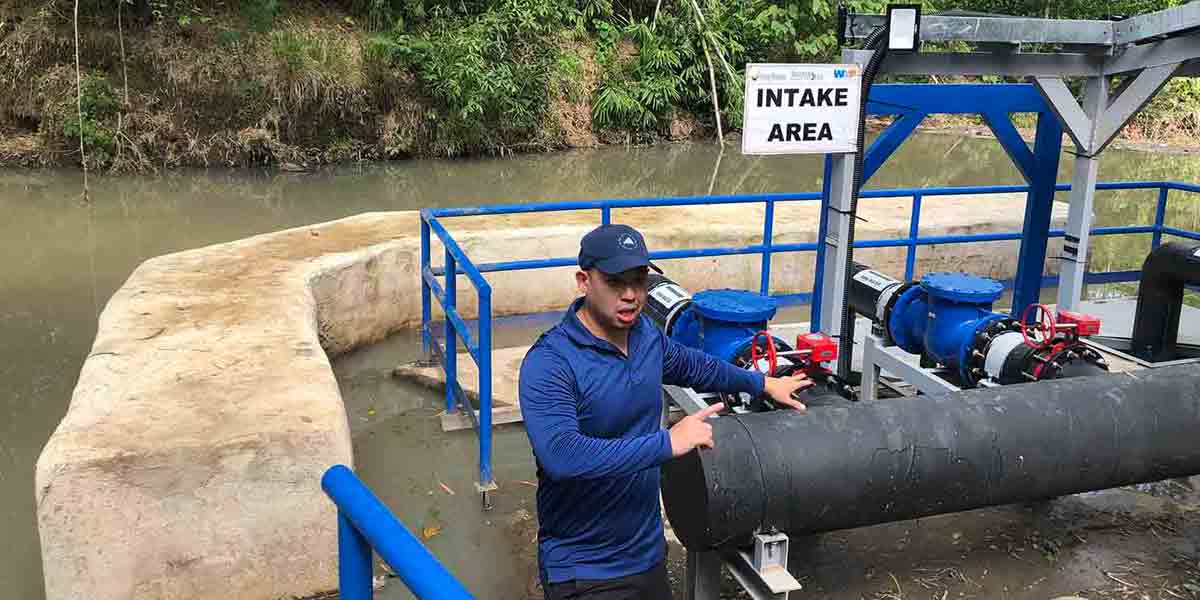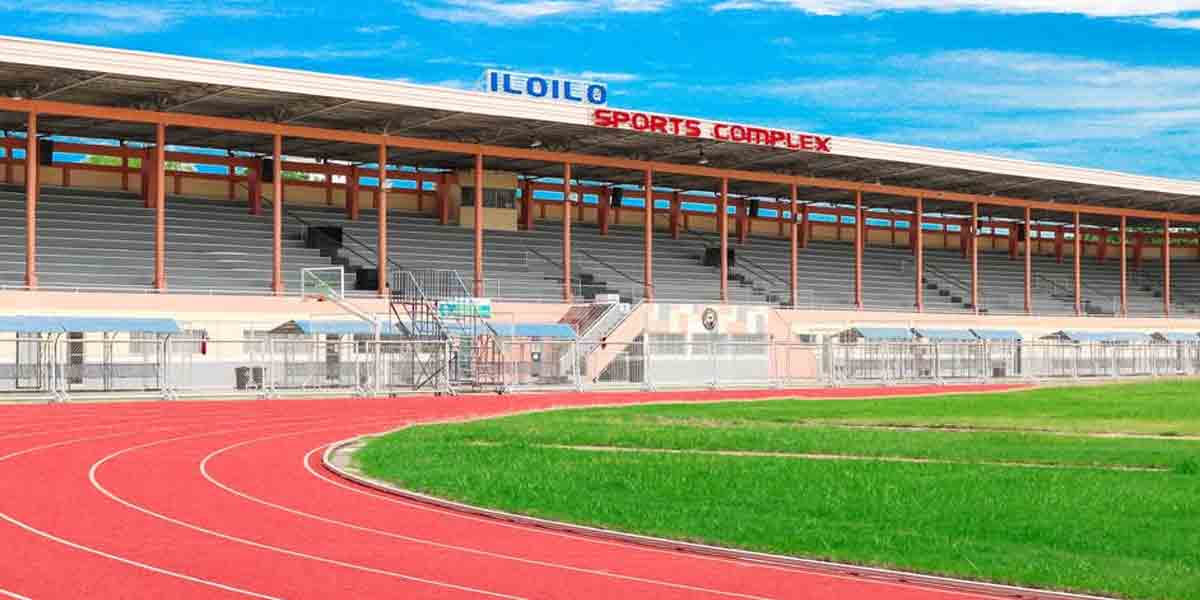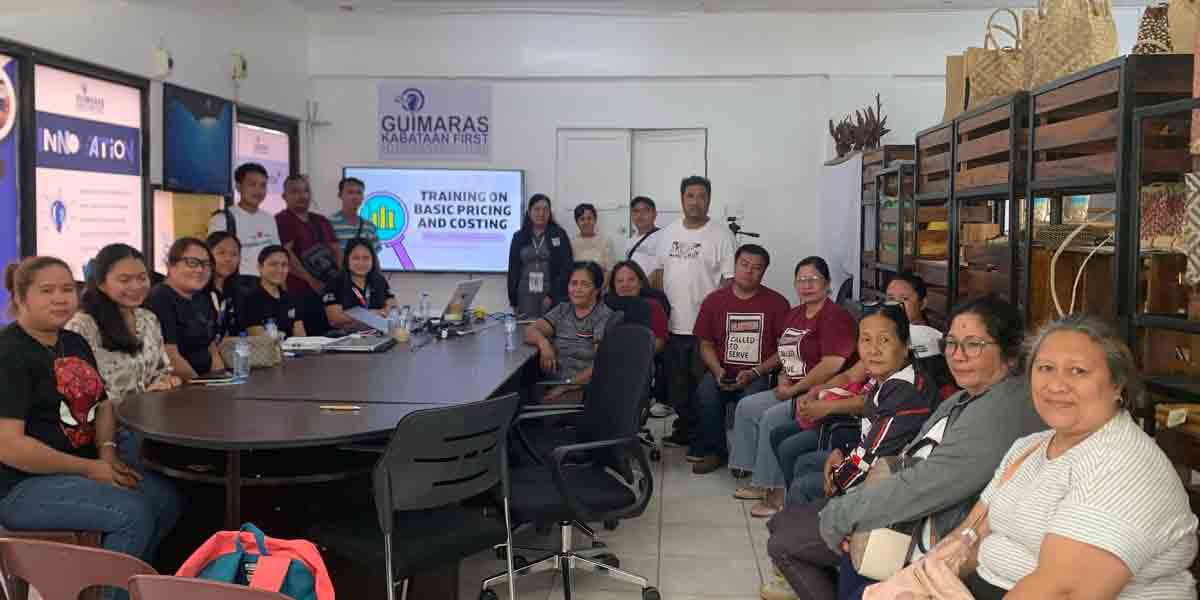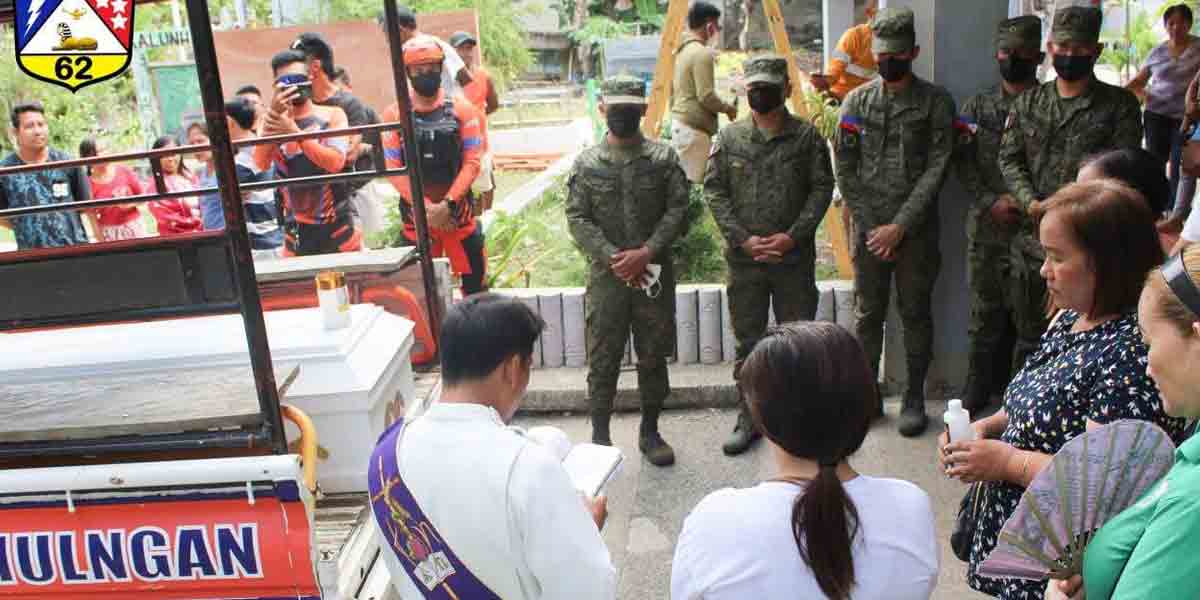
By Glazyl M. Jopson
BACOLOD CITY — The Bureau of Fire Protection (BFP) is on high alert after a grassfire broke out on Mt. Kanlaon in Canlaon City, Negros Oriental, hours after its moderately explosive eruption at 5:51 a.m. Tuesday.
Fire Inspector Marlou Abrenica, officer-in-charge of the Canlaon City Fire Station, said they are awaiting further guidance from the Incident Command System (ICS) on how to respond.
“We are preparing for the worst-case scenario,” he said.
Abrenica warned that the worst-case scenario would be if the fire spread to nearby residential areas.
He noted, however, that slow-moving winds could help prevent the fire from advancing downhill.
While the blaze has affected forested areas of the volcano, specific zones impacted remain undetermined.
Abrenica said teams cannot enter the permanent danger zone (PDZ) to extinguish the fire due to safety hazards.
“It is very dangerous, and the trail is not passable,” he said.
He confirmed the fire occurred in a forested part of the volcano.
For now, BFP is closely monitoring the situation.
Abrenica said they cannot assess the extent of the damage until conditions allow safe access.
As of 5 p.m. Tuesday, the fire was still ongoing.
According to the Philippine Institute of Volcanology and Seismology (Phivolcs), the grassfire was ignited by superheated ballistic fragments ejected during the eruption.
Abrenica added that rainfall could help contain the fire, but there is little chance of rain based on current weather forecasts.
Canlaon Mayor Jose Chubasco Cardenas urged residents to remain vigilant following the eruption.
“To the people of Canlaon City, please be ready as we do not know the extent of this eruption,” he said in a Facebook post.
Cardenas also called for prayers and assured constituents that public safety remains the top priority.
ASHFALL
Phivolcs reported ashfall in the following areas of Negros Occidental: La Carlota City (Barangays Roberto Salas Benedicto, La Granja, Haguimit, Nagasi, Yubo, Ara-al, San Miguel, and Cubay); Bago City (Barangays Mailum, Ilijan, and Binubuhan); and La Castellana (Barangays Sag-ang and Mansalanao).
Sulfurous fumes were strongly noted in Barangay Cubay, La Carlota City, and faintly as far as Hinigaran town.
Phivolcs said rumbling sounds were heard in Barangays Biak-na-Bato and Sag-ang in La Castellana, and Barangay Pula in Canlaon City.
Pyroclastic density currents (PDCs) descended the southern slopes within a kilometer of the crater in La Castellana’s jurisdiction.
Large ballistic fragments were thrown around the crater and caused vegetation to burn near the summit.
Netizens posted images of ashfall blanketing plants, roads, vehicles, and homes.
Local authorities have begun flushing ash from affected areas and advised the public to stay indoors and wear face masks.
CLASS AND WORK SUSPENSION
Classes in all levels were suspended in public and private schools in La Castellana, Pontevedra, Isabela, and La Carlota City, as well as in Canlaon City.
The 56-minute eruption generated a voluminous bent plume about 4,000 meters high, drifting southwest.
The Department of Education (DepEd) also suspended face-to-face classes and recommended a shift to modular learning in affected areas of Bago City and San Carlos City.
In Bago City, the affected schools are CA Dormido Elementary School, Najaba Elementary School, RM Araneta Elementary School, Mailum Elementary School, and RS Abindan Elementary School.
In San Carlos City, schools in Barangays Codcod and Quezon were also affected.
Negros Occidental Vice Gov. Jeffrey Ferrer raised concern over continued class disruptions and the depletion of disaster funds in local government units impacted by Kanlaon’s activity.
Ferrer said that if eruptions occur every three months, related expenses will increase.
Despite the challenges, Ferrer assured that the provincial government continues to provide feeding programs for evacuees.
La Carlota Mayor Rex Jalando-on suspended work in all government offices starting Tuesday, April 8, except for those involved in disaster and emergency response.
Private establishments were strongly encouraged to suspend operations to support public safety.
WATER INTERRUPTION
The La Carlota City Water District urged residents of Barangays Ara-al and San Miguel to store water due to declining levels at spring sources in Guintubdan and Balagacay.
This follows the eruption and ashfall in parts of the city.
The water district said in a Facebook post that it is working on-site to carry out immediate repairs and investigate the unusual activity affecting the springs.
Residents were advised to expect low water pressure in the meantime.
Water rationing is ongoing in La Carlota and surrounding villages to ensure safe water supply in evacuation centers.
The Incident Management Team (IMT) of La Castellana also conducted inspections of rivers and bridges potentially affected by ashfall.
Water sources in the town are currently experiencing reduced supply.
ASSISTANCE
The City Disaster Risk Reduction and Management Office (CDRRMO) of Bacolod has placed all barangay DRRM committees on blue alert status for intensive monitoring.
CDRRMO head Dr. Anna Maria Laarni Pornan said Bacolod remains unaffected by ashfall or other volcanic hazards.
Pornan said Mayor Alfredo “Albee” Benitez has expressed readiness to extend assistance to LGUs affected by the eruption.
The Regional Task Force Kanlaon has suspended the 6 a.m. and 4 p.m. entry windows for farmers into the PDZ.
The Negros Occidental Police Provincial Office (NOCPPO) activated its Disaster Incident Management Task Group.
A total of 299 personnel from the Resource Standby Support Force are on standby for deployment.
WARNING
Phivolcs said the eruption was preceded by short-term inflation of the southeastern flank that began on Jan. 10, 2025.
It was also marked by a decline in sulfur dioxide (SO₂) emissions from 4,014 tonnes per day after the June 3, 2024 eruption to 2,453 tonnes per day as of March 1, 2025.
On April 7, SO₂ emissions averaged 1,655 tonnes per day.
There has been no significant change in the average of 14 volcanic earthquakes per day since June 3, 2024.
These factors indicate a blockage in volcanic gas emission, resulting in internal pressurization and driving moderately explosive eruptions.
Alert Level 3 (magmatic unrest) remains in effect over Kanlaon Volcano.
Phivolcs warned that short-lived explosive eruptions may still occur and could escalate to lava flows or fountaining.
Communities are advised to remain vigilant, especially during intense rains, which could trigger lahars and sediment-laden streamflows in southern and western drainage areas.





















